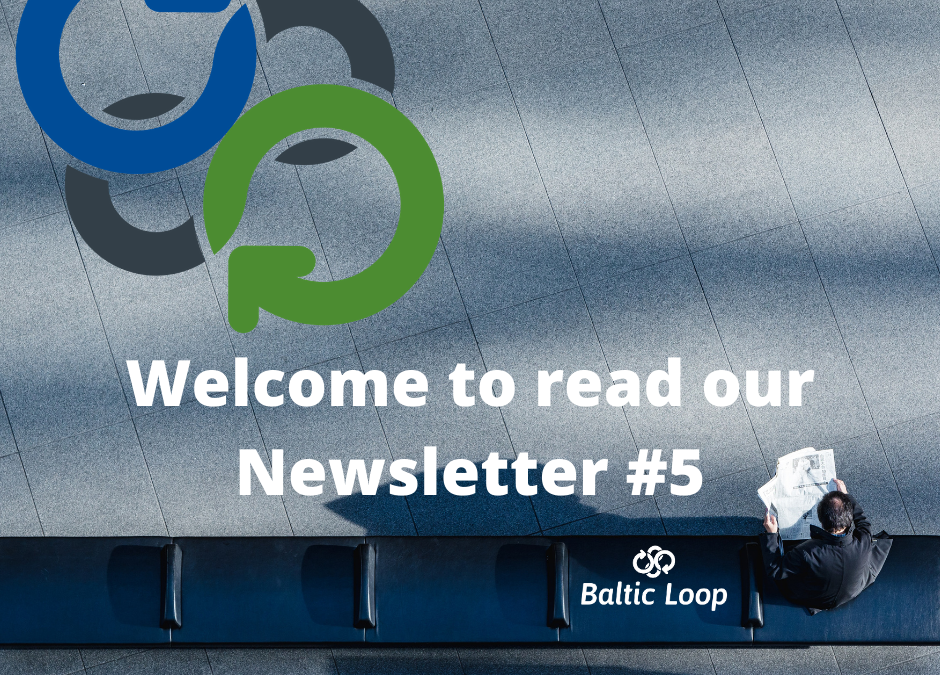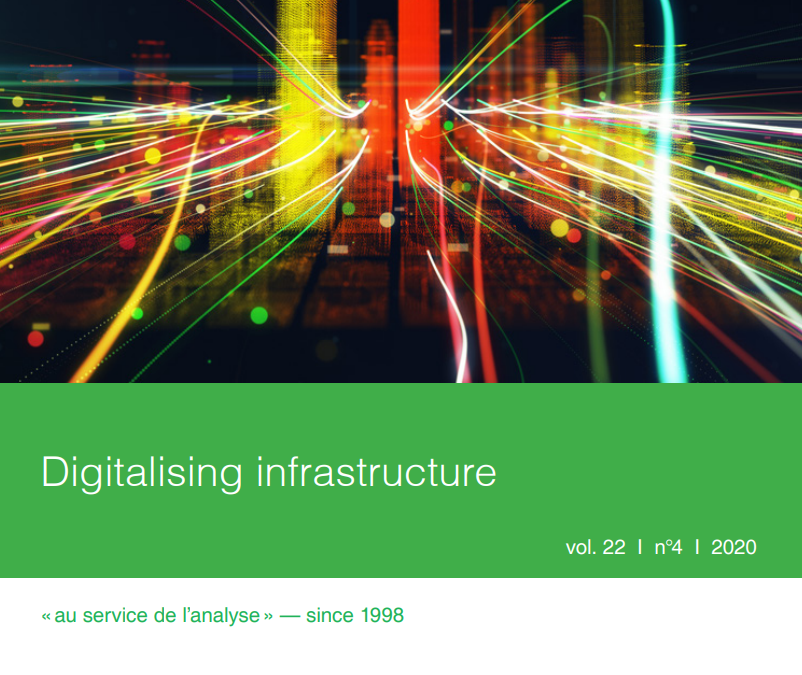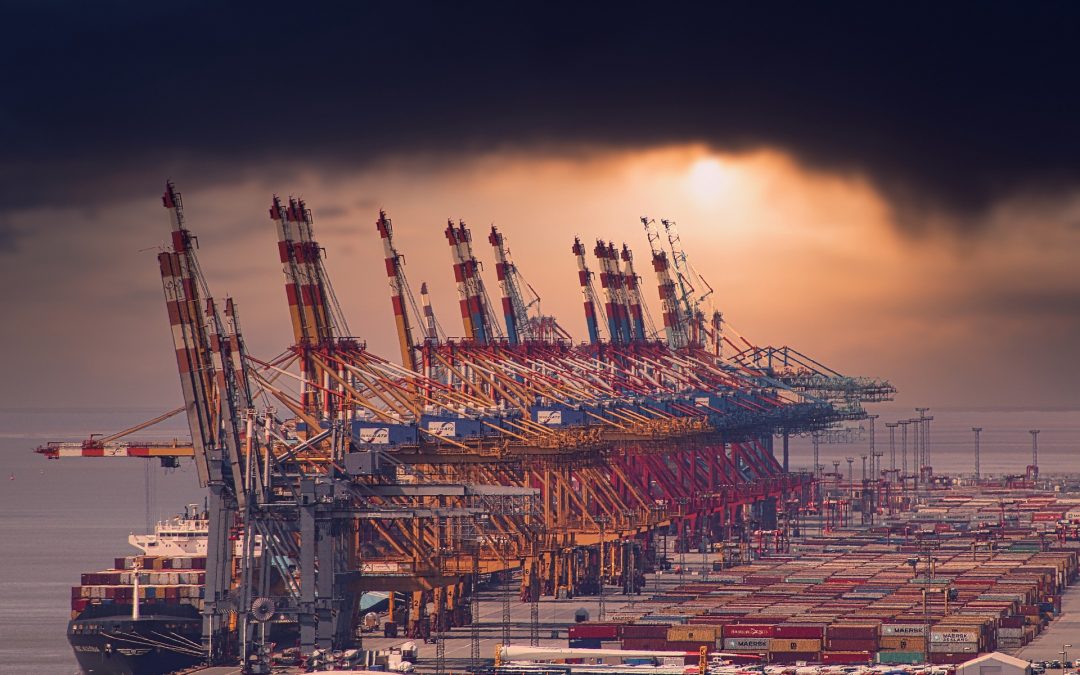
We invite you to read the fifth Baltic Loop Newsletter
FIND THE NEWSLETTER >> HERE <<


FIND THE NEWSLETTER >> HERE <<


In order to fully understand the situation, in-depth interviews with stakeholders in the development of the tourism and transport corridor were conducted during the study on the development of the Tourism and Transport Corridor Development Vision 2030 on the Via Hanseatica, which is a section of the Baltic Loop Southern Transport Corridor.
Within the framework of the study, the authors conducted in-depth interviews with four types of stakeholders: transport industry experts, tourism industry experts and entrepreneurs, representatives of Vidzeme planning region municipalities and passenger public transport companies (road and rail transport).
a) The main restrictions (technical, administrative, legal, economic, etc.) on the efficient flow of passengers on the VIA Hanseatica route.
b) Necessary improvements for better and more efficient transport infrastructure and services on the VIA Hanseatica tourist route, including mitigation of negative impacts on the environment and climate change.
c) Possible future challenges and risks for the development of transport flow (including tourist flow) on the tourist route VIA Hanseatica and in the main transport flow corridors of the Vidzeme planning region (roads A2, A3 and railway).
Within the framework of the research, 27 participants were invited to interviews, and finally 17 interviews took place – 15 of them on the Zoom platform online, one – by phone, one – by e-mail.
Prioritizing of investments is a challenge. What are the priorities in post-Covid-19 period? Should we invest more in freight? In public transport? And if yes in what kind of public transport? For tourism or transport corridors the question is similar – do we invest in better roads or in better railways? In case of VIA Hanseatica it is not part of any cornet web or corridor, it will be very difficult to convince that investment in this corridor is of high importance for national decision makers. Making new corridors or connecting to the existing corridors?
Wiktor Szydarowski, PhD, ESPON EGTC, Director, transport policy expert
The Polish experience has shown that building faster roads and thinking less about exits has broken down areas that affect local people, businesses – the faster the connections, the more advantageous the larger centers and the less advantageous the places in the middle.
Liene Gaujeniete, Spatial Planning Expert, VASAB (Visions & strategies around the Baltic sea)
High costs and relatively low potential economic benefits are the main limitations for infrastructure development, however, it is very important to raise Latvia’s position in cycling tourism.
Elmārs Daniševskis, engineer and traffic infrastructure planner, member of the Latvian Association of Transport Engineers.
It is difficult to get to atypical tourist destinations – public transport goes once a day or less, so other solutions must be sought. In addition, there is no centralized way to buy a ticket for both a bus or a train. The main risks and challenges are related to the increasing congestion of roads and their condition, and train wagons are also old.
Mārtiņš Malcenieks, Deputy of Cēsis County Council, Active tourism centre Eži Ltd.
At present, tourists who have come to Latvia often have to evaluate the information, not with which it would be more convenient to get to the destination, but how and whether it is possible to get there by public transport. There is no flexible system to change routes quickly. I consider the decision-making process to be very long, and the route network is managed centrally from Riga.
Ivo Ošenieks, President of the Latvian Passenger Carriers Association
Public transport runs on specific roads and at specific times – it aims to meet the needs of the population, so the needs of tourists are secondary and adaptable. The A2 and A3 roads are in good condition, but the number of users is growing, they are congested, and congestion is occurring in particularly good weather conditions, which means that there is insufficient road capacity. Paved roads need to be improved; asphalt roads need more capacity. There are bureaucratic constraints on flexible route planning. Multimodal connections and transfer points are needed – improvements are needed to run fewer buses with more passengers than half-empty buses.
Lotārs Dravants, Head of Passenger Transport Service in CATA Corp.
Interviews with representatives of various fields revealed such aspects as the lack of information about the competencies, plans and possibilities of other sectors to change the existing procedures.
The opinions of the interviewees will be invaluable in the development of the strategic part of the document and the action plan – the experts expressed ideas about the vision and functioning of the VIA Hanseatica tourism route in perspective.
The main risk in the use of the country’s regional and local roads is their current condition and planned improvement measures. For the most part, interviewees agreed that the country’s main roads, A2 and A3, were in good condition, but expressed concerns about their capacity for fast movement and safety aspects due to high traffic volumes.
The interviewees agreed on the need to improve digital information systems – the possibilities of route planning by public transport, bicycles are currently limited. The opinion on the establishment of a unified public transport ticket purchase system has been expressed several times.
Interviewees agreed on the potential for rail use and the current state of inadequate infrastructure, in particular trains.
Most of the interviewees believe that foreign tourists would like to use public transport services, especially railways, but there is a need to significantly improve the availability (schedule) and quality of services (shorter travel time and better service).
Experts expressed the need to promote the use of public transport services in the largest centers of the tourist region.

As part of the project, the Riga Planning Region organized a series of seminars-workshops “Cooperation Dialogues in the Transport Sector” with the aim of improving cooperation between different parties in the region to achieve better end results and find solutions to reduce travel time in the corridor.
The final online meeting on 9 December discussed the results, which will allow the report to be finalized.
The first meeting “Cooperation Dialogues in the Transport Sector” took place on September 22, 2020 in Riga. It was attended by 22 people. During the face-to-face session, the participants of the event analyzed the strengths and weaknesses, opportunities and threats.
The second meeting “Cooperation Dialogues in the Transport Sector: Ideas and Solutions” took place on October 20, 2020, in Riga. During the face-to-face seminar-workshop, 21 participants created and discussed ideas and solutions for weaknesses, opportunities and threats.
Identified:
“In the field of transport, we cannot ignore the trends of recent years. Mobility issues are affected by structural changes and changes in accessibility of citizens. This needs to be taken into account and much closer cooperation chould be developed in transport planning.” – Rūdolfs Cimdiņš, Head of Riga Planning Region administration

Network Industries Quarterly has been published four times a year since 2008. One of its special issues focuses on digitalising infrastructure. This special issue includes also the paper written by the representatives of Åbo Akademi University (Finland). Åbo Akademi University is a partner of project Baltic Loop and leads working package ‘Business models for smart and sustainable sea’.
Tsvetkova, Gustafsson and Wikström identify how digitalisation is transforming the infrastructure of ports and how, as a result, port managers are under growing pressure to provide prompt service.
Highly fragmented industries characterized by extreme information asymmetries are the first to be affected by the ‘platform revolution’ (Sarkar 2016). In that respect, sea logistics is a sector in need of improved efficiency (Gustafsson et al.2015). The digital transformation, coupled with a transition to platform economy, have the potential to facilitate just such a change. One of the main effects of digital platforms in this transformation is the shift towards multi-sided markets and the facilitation of network effects. (..)
The increasing volumes of data generated regarding maritime transport creates opportunities for the appearance and growth of new business models and the ‘port as a service’ types of platforms. Incumbent actors such as the port authorities have a choice to either proactively use the enabling technologies to reinvent their own business models or they risk having their value proposition commoditized in the fourth industrial revolution. In this paper, we review the recent digital developments related to ports and discuss their effects on the transformation of sea logistics and, in particular, on port operations.
>> This article is funded by the project Baltic Loop.
Read the Full Article >> Here (p.7-p.10)

The newspaper Dagens Industri (Sweden) has written an article about the Baltic Loop project. Dagens Industri interviewed the Swedish project manager Ahmed Alaeddine who talks about the project and how the project has identified bottlenecks in the transport system and how it enables increased cooperation, better infrastructure planning and increased sustainability in the Baltic Sea area.
“The project started in 2019 and will run until 2021, but already now we have been able to identify certain bottlenecks such as high traffic volume in relation to existing infrastructure capacity in the Oslo-Stockholm route, long queues at the borders between Estonia-Latvia and Latvia-Russia. There are also bottlenecks at the ports in the Baltic Sea area, where they are increasingly forced to adapt their operations and geographical scope in relation to growing large cities, where the consequence is that port areas have less land available. ”
Ahmed Alaeddine mentions in the article that it must be smooth and easy to transport between the Baltic Sea countries for business transport, labour, students and leisure travellers. One way to get there is to accelerate the planning and expansion of infrastructure both nationally but also across national borders, where the connection between Oslo-Stockholm is a clear example. Other important infrastructure investments include a faster railway connection between Turku-Helsinki and the new establishment of the Port of Norrvik.

The Baltic Sea Commission is an international, independent organisation of Regional Authorities at subnational level in the Baltic Sea region. We are honored for the interest about shown by them regarding the Baltic Loop project. Two representatives of the partnership – project manager Irina Wahlström at Åbo Akademi and project manager Ahmed Alaeddine at Region Örebro County were questioned and you can read the interview in the CPMR Baltic Sea Commission Newsflash (October 2020).
In the project, we have already been able to identify certain bottlenecks such as high traffic volume in relation to existing infrastructure capacity in the Oslo-Stockholm route, long queues at the borders between Estonia-Latvia and Latvia-Russia. There are also bottlenecks at the ports in the Baltic Sea area, where they are increasingly forced to adapt their operations and geographical scope in relation to growing large cities, where the consequence is that port areas have less land available, says Ahmed Alaeddine (Region Örebro County).
The planning and implementation of well-functioning traffic/transport systems is a complex and multilayered process covering many measures and elimination of transport hindrances and bottlenecks.
It affects many actors and sectors (users, planners, authorities and administrations) of the society on all levels. Thus, the process needs to involve and encourage all stakeholders, to a greater extent, to develop more open and transparent communication, better cooperation and a stronger commitment to establish a coordinated, long-term vision and holistic approach to transport system planning, says project manager Irina Wahlström at Åbo Akademi.
Find the Newsflash here: https://cpmr-baltic.org/uncategorized/read-the-baltic-sea-commissions-newsflash-for-october/3778/